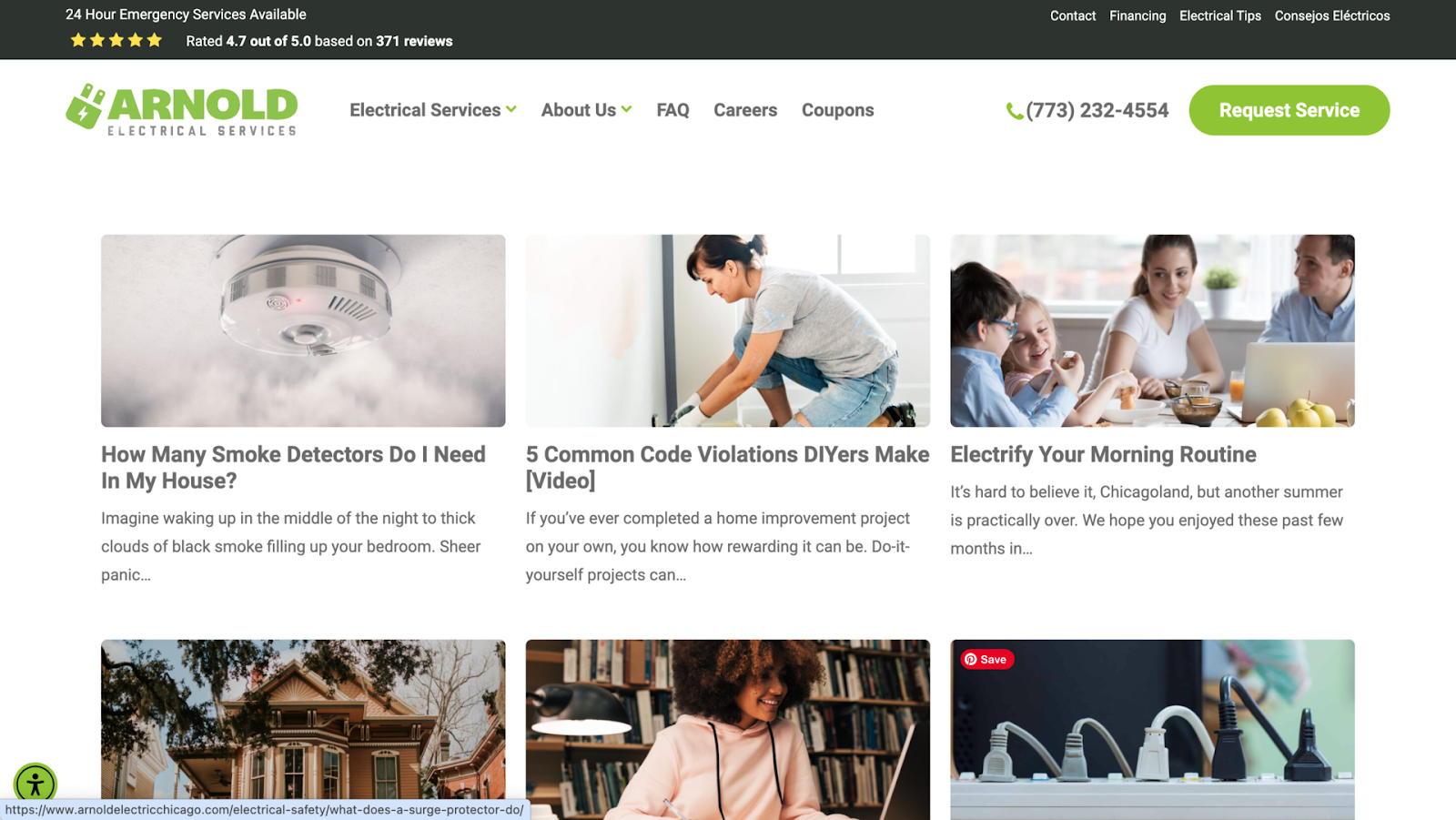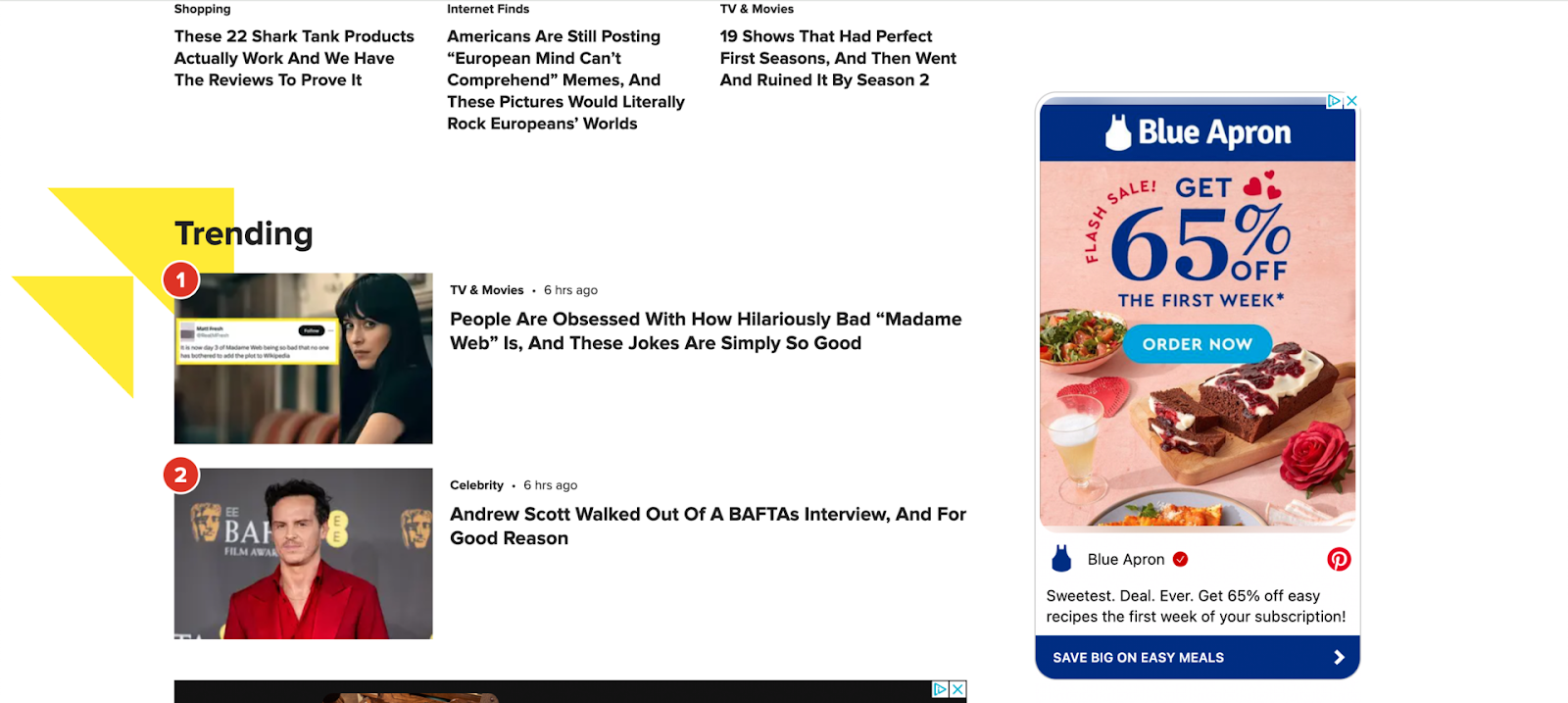
You’ve just had a potential customer express interest in your product or service. They’ve filled out a form on your website, downloaded some content, or asked for more information. But they’re not quite ready to make a purchase yet.
So, what do you do? Do you push for a sale right away, potentially scaring them off? Or do you ignore them, hoping they’ll come back when they’re ready?
Neither of these approaches is ideal. The key to converting this potential buyer into a loyal customer lies in the art of lead nurturing.
Lead nurturing is a critical component of the sales process, centered around building relationships with prospective customers. It can revolutionize your sales process and should be standard in your sales and marketing strategy.
Here’s how to develop your lead nurturing program.
Introduction to lead nurturing
Lead nurturing plays an integral role in successful sales, but it’s easy to overlook because its returns are often indirect.
What is lead nurturing?
Lead nurturing is the process of building relationships with potential customers who aren’t ready to buy yet. Rather than converting today’s buyer, lead nurturing sets up a future sale.
It aims to understand the customer’s needs, provide valuable information, and maintain regular communication until they’re ready to make a purchase decision.
What is the nurturing stage of a lead?
The nurturing stage of a lead begins after a potential customer first expresses interest in your product or service, and it continues until they are ready to buy.
During this stage, your job is to answer potential questions and develop a connection.
The role of lead nurturing in B2B sales
In B2B sales, lead nurturing takes center stage. Unlike B2C sales, where decisions are often made quickly, the B2B buying process typically involves longer sales cycles with multiple stakeholders.
Through consistent and personalized communication, businesses can stay top-of-mind throughout this process, gradually moving prospects through the sales funnel.
How lead nurturing impacts sales funnel efficiency
Lead nurturing best practices allow your sales team to identify the prospects with the highest potential and focus their efforts accordingly.
Moreover, providing leads with relevant and valuable content throughout their journey can speed up the sales cycle and inspire larger purchases.
Developing lead nurturing strategies
Turning leads into loyal customers is a bit like gardening. You can’t just plant a seed and expect it to grow into a full-fledged tree overnight. It requires consistent care, nourishment, and time.
How do you create lead nurturing?
An effective lead nurturing strategy requires careful planning and execution. You’ll need to understand your buyer’s journey and provide what they need at each stage.
Understanding your buyer’s journey
The first step is understanding your buyer’s journey. Create a customer journey map that charts the typical path your leads take from the moment they first encounter your brand to the point of purchase.
Identify key touchpoints along the path. Where are your best opportunities to engage with your prospects and provide them valuable content and support?
Creating targeted content for different sales stages
The next step is to create targeted content for each stage and touchpoint. Consider the best type of content as well as the best channel. Each piece should have a clear goal.
For example, your brand could produce educational blog posts for people in the awareness stage, case studies and webinars for those in the consideration stage, or product demos for those in the decision stage.

Personalization and its importance in lead nurturing
In one Statista study, 29% of businesses report that more than half of their customers expect some degree of personalization. An additional 11% report that more than 90% of their customers want content specifically geared toward them. Provide your leads with content that caters to their needs and interests.
To nurture leads toward a sale, it helps to segment your email list based on various criteria such as industry, role, or behavior. For example, a B2B business might want to create both a detailed report for their main contact at a company and a digest for other stakeholders.
Using multi-channel nurturing techniques
The best strategies leverage multiple channels to engage with leads, such as email, social media, and website content. Meet your leads where they are to increase your touchpoints and opportunities for engagement.
Integrating sales and marketing efforts for coherent strategies
Sales and marketing should always be close partners rather than independent silos. Aligning their efforts allows these teams to ensure a coherent approach to lead generation and nurturing.
Consistent messaging and seamless movement between sales and marketing touchpoints improve the overall customer experience.
Best practices in lead nurturing
Employ these best practices when communicating with prospective customers for better nurturing and higher conversion rates.
Effective communication and follow-ups
Effective communication doesn’t mean bombarding your leads with sales pitches. Instead:
- Provide them with valuable information
- Answer their questions
- Maintain regular, meaningful contact
- Ensure consistent follow-ups
If a lead has expressed interest in your product or service, don’t let them slip away. Keep the conversation going and remind them of the value you can offer.
Leveraging automation for timely interactions
Take advantage of marketing automation for lead generation and nurturing. Automated email campaigns, for example, ensure that your leads receive timely and relevant content that responds to their interactions with your brand.
How important is a speedy reply to customers? Extremely important. Over half of the customers in one survey hired the first business to respond to their request, even if it was more expensive.
Scoring and segmenting leads for targeted nurturing
Not all leads are created equal. Differentiating qualified vs. unqualified leads lets you identify the people with the appropriate interest and the power to make a decision.
You can further score and segment your leads so you can devote more time to people closer to purchasing and tailor your communications to address groups at different stages.
What is the best way to nurture leads? Provide them with relevant, valuable content that speaks to their present needs.
Multichannel distribution tactics
There are many benefits to multi-channel marketing, so don’t limit yourself. Using multiple channels helps you respect different preferences and diversifies the type of experience you provide each lead.
Nurturing channels
Direct mail, social media, and retargeting are three effective channels for nurturing.
- Digital mail: Direct mail can be the touch that lets you stand out in a digital world. For instance, you could send customized information packets to prospects or stay in touch with holiday postcards.
- Social media: Platforms like Facebook and LinkedIn allow businesses to interact directly with their audience, fostering relationships and building trust. Respond to comments or messages to show people you’re paying attention.
- Retargeting: Retargeting is one of the most powerful lead nurturing best practices. Targeting ads to users who have previously interacted with your website or email content reminds them of their interest.

What is an example of nurturing?
Suppose a lead downloads an ebook from your website. A dedicated nurturing strategy might involve sending them a series of follow-up emails with additional resources related to the ebook topic, inviting them to a related webinar, or offering a free consultation.
Continuous testing and optimization of nurturing campaigns
Lead nurturing requires testing and optimization. Monitor your campaigns, measure their performance, and adjust your strategies. This approach will ensure that your efforts remain effective and yield the best possible results.
Lead nurturing techniques that work
It’s time to focus on some proven lead nurturing techniques and the different styles available.
How to build and optimize a lead nurturing campaign
Once you understand your customer’s journey and develop an overarching strategy, you can create the campaigns that execute your vision.
First, position your campaign within the lead nurturing process and set clear, related objectives. Then, plan and develop associated content.
After you execute your campaign, monitor your reports, test different approaches, and refine your lead nurturing strategy.
Empower sales reps with lead intelligence
Knowledge is power, and lead intelligence is crucial to sales outreach.
The term refers to the information collected about potential customers, which guides sales representatives in their interactions. In addition to verified contact information, this could include their:
- Behavior on your website
- Demographic details
- Responses to previous communications
With this information, sales reps can personalize their outreach, predict potential issues a lead may face, and propose solutions proactively.
High-touch vs. low-touch nurturing approaches
There are two main approaches to lead nurturing: high-touch and low-touch.
- High-touch nurturing: Involves personalized, one-on-one interactions with leads. It’s labor-intensive but effective for high-value leads and is a mainstay of real estate lead conversion.
- Low-touch nurturing: Involves automated communications such as email campaigns or social media posts. It’s less personal but can reach a larger audience and is more scalable.
These days, 75% of B2B buyers prefer buying experiences that don’t include sales reps, underscoring the importance of including low-touch interactions in your strategy.
Re-engage lost leads and no-decision opportunities
Sometimes, leads go cold, or opportunities end in a no-decision. But that doesn’t mean they’re lost forever. With the right techniques, you can re-engage these leads and revive these opportunities.
To start, understand why the lead went cold. Was it a matter of timing? Budget? A change in priorities? Use this insight to tailor your re-engagement strategy.
Next, reach out with lead nurturing emails. Acknowledge the previous interaction, provide new value, and invite them to re-engage.
Tools and technologies for lead nurturing
From marketing automation platforms to AI-powered intelligence tools, there are impressive options available to help you guide your leads through their buying journey.
Choose the right marketing automation platform
A marketing automation platform automates repetitive tasks such as sending emails, posting on social media, and tracking user behavior, freeing up time for more strategic activities.
When choosing a platform, consider factors like:
- Ease of use
- Scalability
- Integration capabilities
- Level of customer support provided
Constant Contact’s marketing automations improve lead nurturing initiatives by allowing you to set up emails to send contacts after they engage your contact. You can even set up email series spread out over time or integrate SMS and email communications for multichannel nurturing.
The importance of CRM integration in nurturing
Customer relationship management (CRM) integration is another crucial aspect of lead nurturing. You either need to choose an all-in-one solution that provides marketing, communication, and CRM functionality or integrate your marketing automation platform with your CRM software.
This combination provides a complete picture of your leads’ behaviors and preferences and improves your ability to personalize your interactions.
Advanced tools like AI for lead intelligence
Artificial Intelligence (AI) is revolutionizing the world of lead nurturing. AI-powered tools can analyze vast amounts of data to identify patterns and trends, providing valuable intelligence about your leads. For example, AI can predict which leads are most likely to convert based on their behavior, allowing you to focus your efforts on these high-potential leads.
Measuring success in lead nurturing
It’s important to evaluate your lead nurturing success at each stage of the buying journey. Regularly look at your email marketing metrics and lead-related KPIs.
Key performance indicators for nurturing programs
KPIs evaluate the success of a strategy or activity. For lead nurturing, these might include:
- Conversion rate: This is the percentage of leads that become customers. A high conversion rate indicates that your nurturing strategies are effective at guiding leads through the buying journey.
- Time to conversion: This is the average time it takes a lead to become a customer. A shorter time to conversion means your nurturing process is efficient and effective.
- Lead scoring accuracy: Lead scoring ranks leads based on their likelihood to convert. If your lead scores accurately predict conversions, it’s a sign that your scoring model is working well.
Monitoring these KPIs reveals possible areas for improvement.
Lead nurturing’s ROI and its influence on business growth
One crucial KPI is the return on investment (ROI), the profit generated by an activity relative to its cost. In the context of lead nurturing, to calculate ROI, you can compare the revenue generated by converted leads to the cost of your nurturing program.
Improving your lead nurturing process (and thereby increasing your ROI) can drive greater business growth. For instance, optimizing your content strategy might help you attract more qualified leads, and refining your lead scoring model could help you focus your efforts on the most promising leads.
Next steps in evolving your lead nurturing
Lead nurturing is an ongoing process that evolves with your business. It requires a balance of strategic thinking, creative content creation, and data-driven decision-making.
The essential elements of lead nurturing revolve around providing value through tailored content and maintaining consistent and timely engagement.
But it all begins with understanding your customer’s journey. Try diagramming its steps and listing associated actions and common questions. Then, you can tailor your lead nurturing program to their needs.





